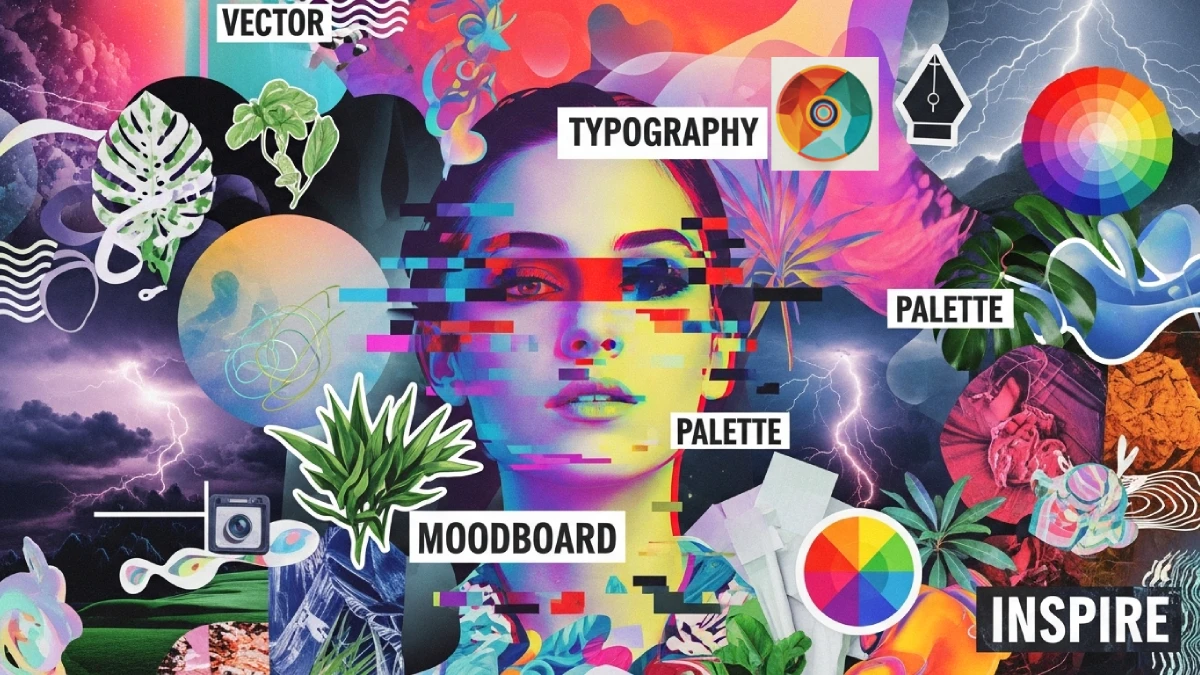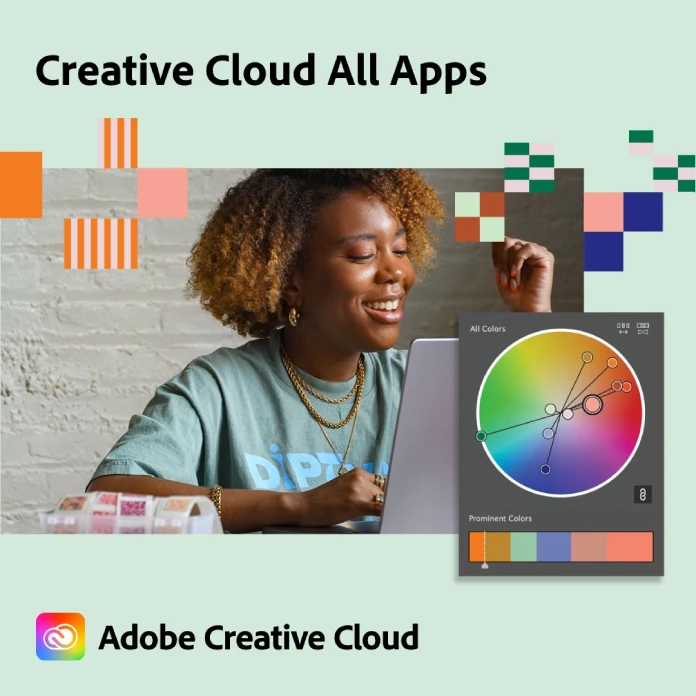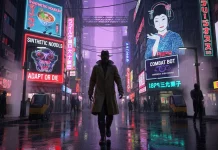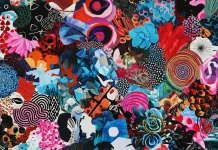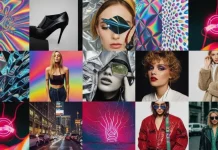This post contains affiliate links. We may earn a commission if you click on them and make a purchase. It’s at no extra cost to you and helps us run this site. Thanks for your support!
Adobe just redefined the creative landscape at its MAX 2025 conference. The company unleashed a powerful wave of Adobe AI innovations. These changes will fundamentally alter how creators ideate, produce, and deliver content. This is not merely an update; it represents a strategic shift. Adobe is embedding intelligent, conversational, and flexible AI deeply into its entire ecosystem. This includes Creative Cloud and its enterprise solutions. Consequently, the focus moves from providing tools to fostering a truly collaborative partnership. This partnership exists between human artists and artificial intelligence.
The announcements signal a future where your creative process is a conversation. You will simply describe what you want to achieve. You will no longer hunt through menus for the right tool. This shift promises to democratize high-end creative work. At the same time, it offers seasoned professionals unprecedented speed and control. How will this change the way you approach your next project?
The New Creative Ecosystem: More Than Just Tools
Adobe’s vision extends far beyond single features. The company is weaving a consistent thread of Adobe AI across its core applications. This includes Adobe Firefly, Creative Cloud, Adobe Express, and the enterprise-level GenStudio. Therefore, the goal is a seamless, intelligent workflow, regardless of your chosen application.
A key part of this strategy is the introduction of AI Assistants. These assistants are available across apps like Photoshop, Express, and Firefly. These agentic AI partners can handle repetitive tasks. They also offer personalized recommendations and help you scale your work. You can do all this through natural language commands. Imagine instructing an assistant to apply a specific color grade across a batch of photos. Or consider telling it to generate social media assets from a primary design. This evolution transforms the user interface from a series of clicks into a creative dialogue.
A Universe of Models: Adobe AI Opens Its Doors
Perhaps the most significant strategic move is Adobe’s decision to open its platform. It now welcomes other leading AI models. This demonstrates a clear understanding of the rapidly evolving AI landscape. Instead of a walled garden, Adobe is building a comprehensive creative hub. This approach offers creators unparalleled flexibility.
The Powerhouse: Firefly Image Model 5
At the center of Adobe’s native offerings is the new Firefly Image Model 5. Now in public beta, this is a substantial leap forward. It generates images at a native 4-megapixel resolution. This means sharper details and richer textures without needing to upscale. Furthermore, Adobe has focused heavily on photorealistic quality. It also improved the rendering of human anatomy. This focus directly tackles common AI image generation flaws. This model also powers a new “Prompt to Edit” feature. This allows you to describe image modifications in plain language.
Unprecedented Collaboration: Partner Models from Google, OpenAI, and More
In a landmark move, Adobe now integrates top-tier AI models from industry leaders. Partners like Google, OpenAI, Runway, and others are directly inside its apps. In Photoshop and Firefly, you can now choose the best model for your specific task. You might select Google’s models, or models from Black Forest Labs, among others. This is a brilliant, user-centric decision. It acknowledges that different models excel at different tasks. Consequently, it provides creators with ultimate flexibility. You get access to the best technology available, all within a single, familiar workflow.
Your Personal AI: Firefly Custom Models
For artists and brands seeking a unique, consistent style, Adobe introduced Firefly Custom Models. Currently in private beta, this feature allows you to train a personalized AI model. You train it on your own artwork, illustrations, or brand assets. Building these models is as simple as dragging and dropping reference images. Of course, you must have the right to use them. The result is a generative model that understands and replicates your specific aesthetic. It ensures all generated content remains perfectly on-brand. For businesses, this is a transformative tool for scaling content production without losing brand identity.
Firefly Transformed: The All-in-One AI Studio
Firefly is evolving from a single tool into a comprehensive creative AI studio. Adobe is building an entire ecosystem for AI-powered creation. This ecosystem spans from ideation in Firefly Boards to final production. The latest updates introduce groundbreaking, end-to-end video and audio production. These capabilities are available directly within Firefly.
New tools now in public beta include:
- Generate Soundtrack: This feature uses AI to compose original, commercially safe instrumental music. It tailors the music specifically to your video content. In addition, it analyzes your clips and suggests tracks that match the mood and timing.
- Generate Speech: You can create crystal-clear, natural-sounding voiceovers from text. It works in multiple languages, with realistic pacing and emphasis. This tool is enhanced through a partnership with AI voice leader ElevenLabs.
- AI-Powered Video Editor: A new timeline-based editor is now in private beta. It allows you to generate, organize, and sequence clips in an intuitive, web-based interface.
These additions position Firefly as a formidable platform for the creator economy. It is especially useful for social media content. Fast, high-quality video production is essential in that space.
Supercharging Creative Cloud with Practical AI
Across the flagship Creative Cloud apps, Adobe has infused new, practical Adobe AI tools. These tools are designed to save professionals hours of work. These are not flashy gimmicks. Instead, they are targeted enhancements that address real-world workflow bottlenecks.
Key updates include:
- Generative Fill with Model Choice: Photoshop’s popular tool now allows you to select from various top industry models. This gives you more options for text-to-image generation.
- AI Object Mask in Premiere: This public beta feature automatically identifies and isolates people and objects in video. As a result, it dramatically speeds up tasks like color grading and applying effects.
- Assisted Culling in Lightroom: Photographers can now use AI to quickly identify the best images. It finds the sharpest and best-composed photos from large collections.
Beyond the Individual: Adobe AI for the Enterprise
Adobe is also scaling its AI capabilities for large organizations. The company expanded GenStudio. This is its end-to-end solution for optimizing the entire content supply chain.
With Adobe Firefly Foundry, businesses can now work directly with Adobe. They can create proprietary, tailored generative AI models. These custom models are trained securely on a company’s own intellectual property. This process ensures that all AI-generated content is unique. It also keeps content perfectly aligned with the brand’s specific visual identity.
These announcements from Adobe MAX 2025 are more than just a list of new features. They represent a thoughtfully articulated vision for the future of creativity. By blending its own powerful technology with the best models from across the industry, Adobe is building a flexible and comprehensive ecosystem. It empowers individual creators with speed and new capabilities. It also offers enterprises the scale and brand control they require. The central question is no longer if AI will be part of the creative process. Instead, we must ask, how will you leverage this new intelligent partner to push the boundaries of your own imagination?
Browse WE AND THE COLOR’s Design and AI categories for more inspiring topics.
Subscribe to our newsletter!

